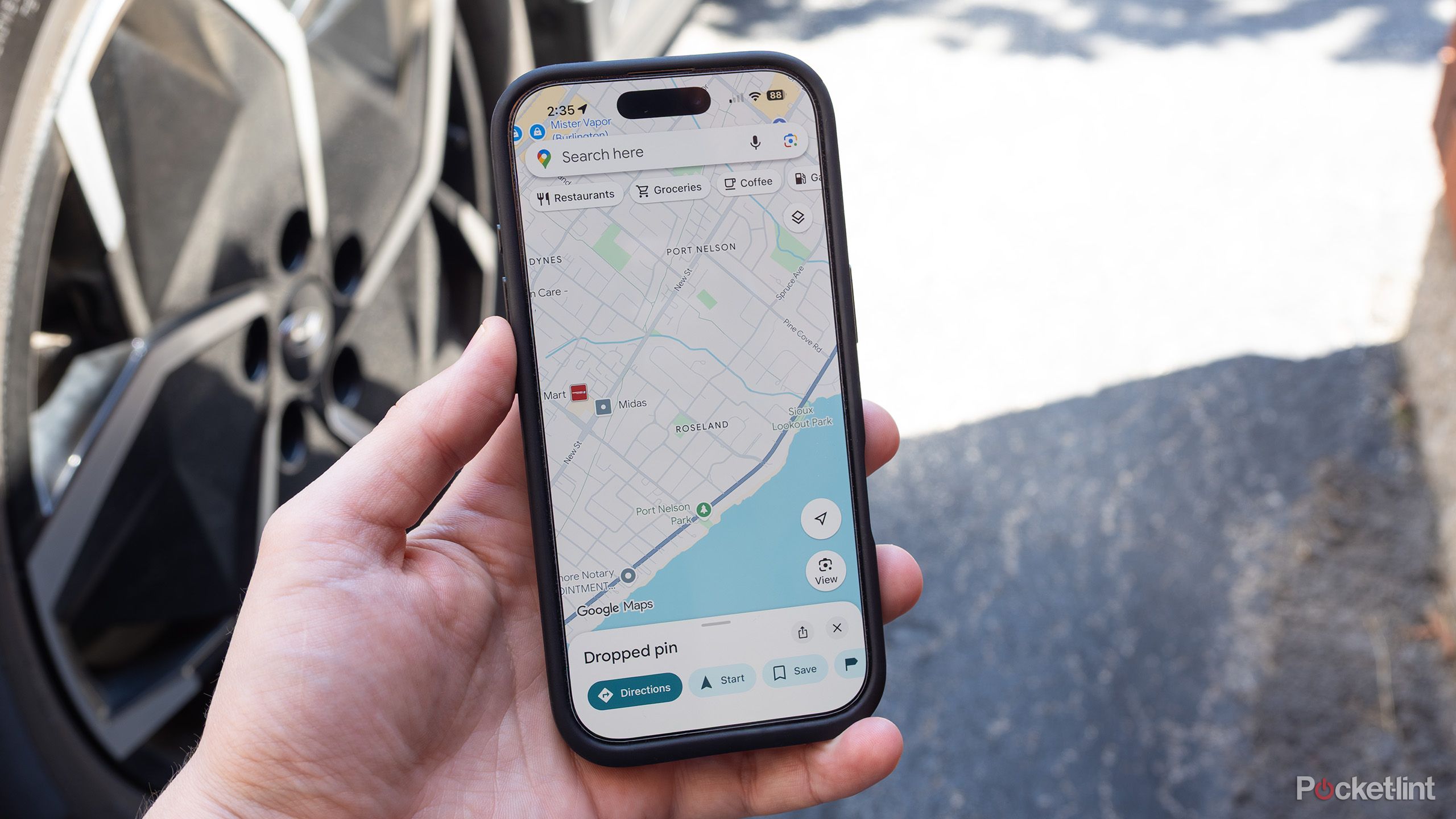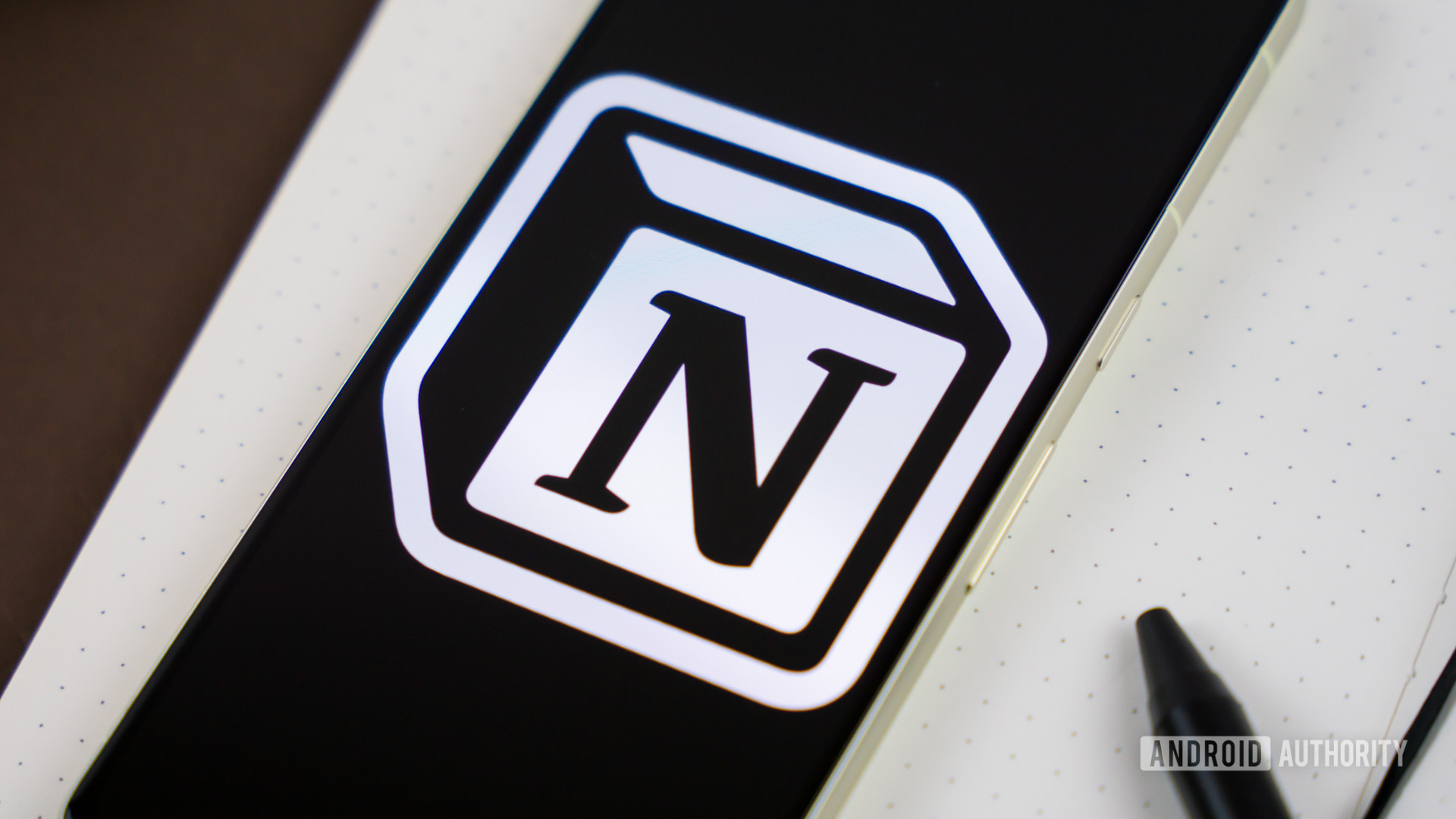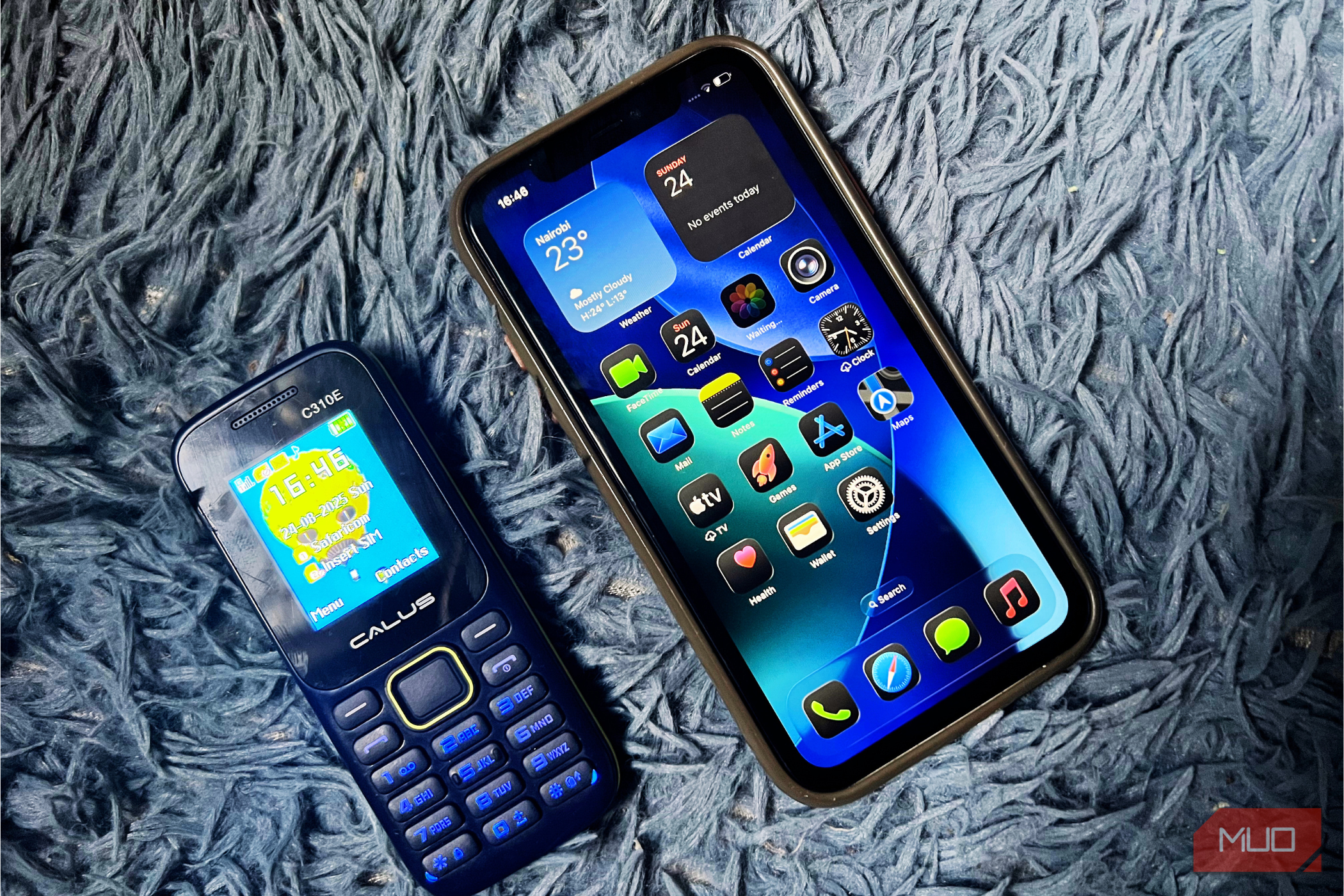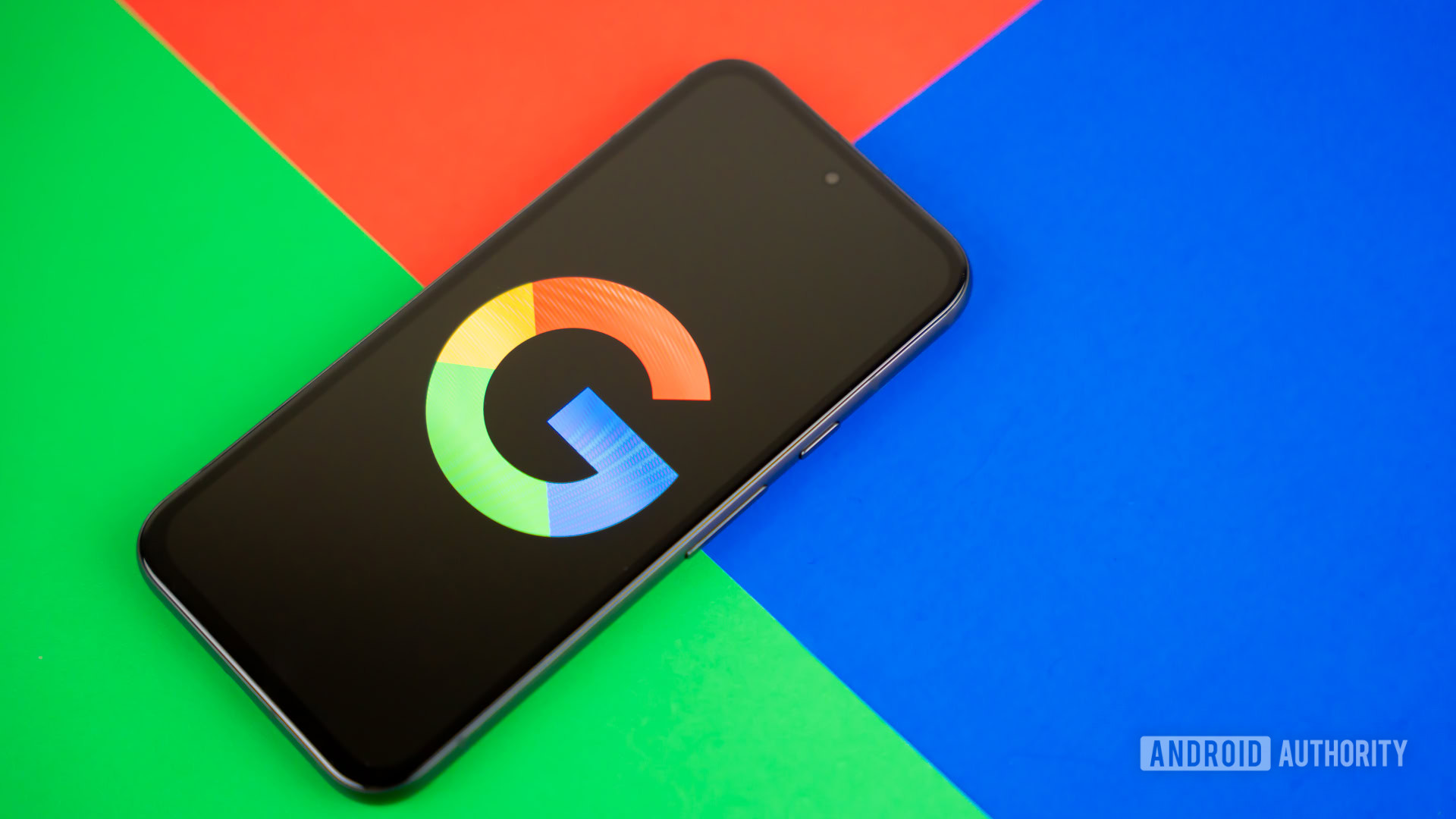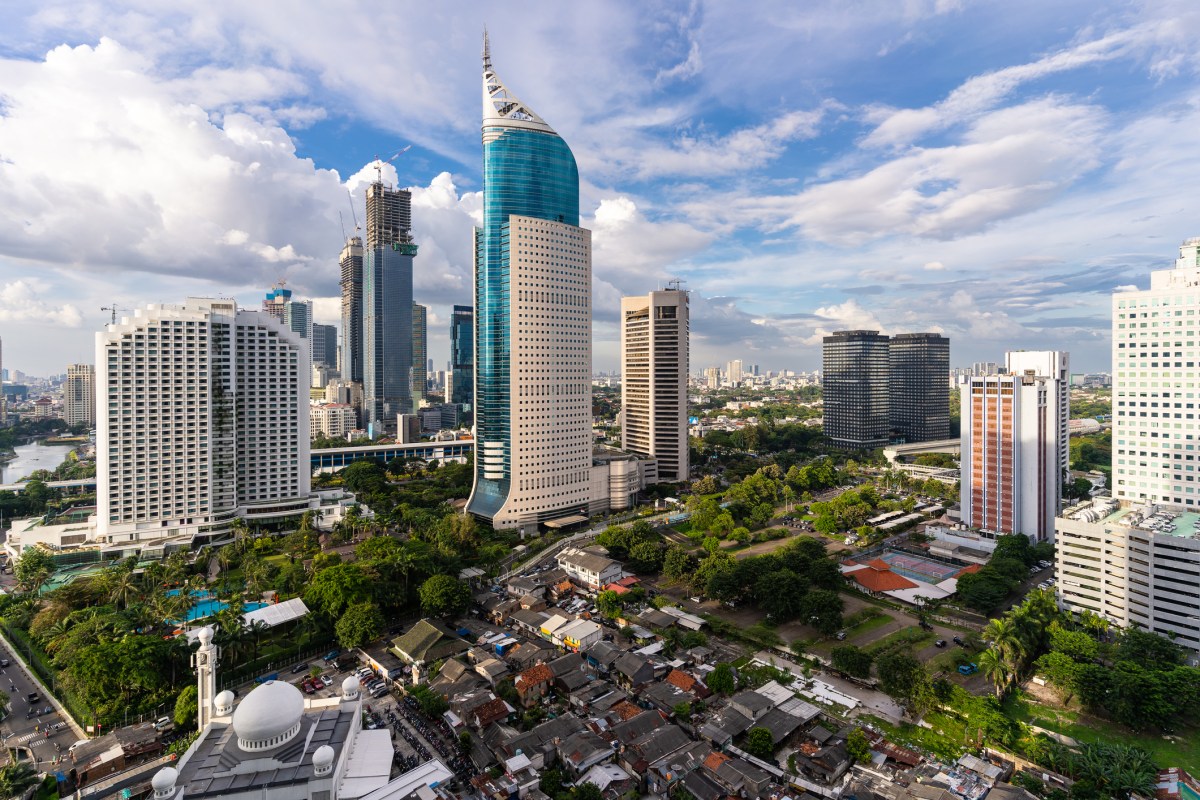Summary
- Waze uses live, user-sourced reports and aggressive rerouting to get drivers to destinations fastest.
- Google Maps supports walking, biking, transit, live schedules, and richer place info.
- For most people, I suggest Google Maps’ feature-rich, clean UX; use Waze if you want quirky, fast routing.
When it comes to navigation apps, Waze vs Google Maps is one of the internet’s most heated debates. A quick search will bring up countless articles claiming that Waze is the better pick, but is that really the case? I’ve been using Google Maps for years, and I’ve found it to be my most trusted travel companion.
That’s why I put competing navigation apps to the test, including Waze, which has been owned by Google since 2013. While both apps share the same parent company, their features, interface, and user experience are surprisingly different.
In this comparison, I’ll break down both Waze and Google Maps across each’s features, whether it’s real-time traffic updates, route accuracy, and ease of use. Whether you’re commuting to work, planning a road trip, or navigating a new city, this guide will help you decide which navigation app will get you to your destination faster and more efficiently with fewer headaches.
-
- OS
-
ios, Android
- Price
-
Free
Waze is a popular navigation app available on iOS and Android devices. You can get real-time traffic updates and road alerts to help make your commute as smooth as possible.
-
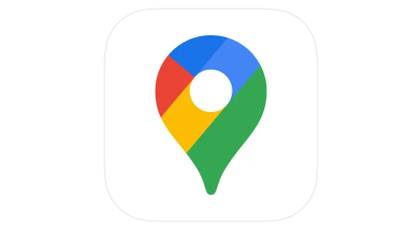
- OS
-
iOS, Android
- Brand
-
Google
- Price
-
Free
Google Maps is the most commonly used navigational app for traveling. The popular tool helps drivers, commuters, walkers, and cyclists get to where they are going with features like scheduled departures, incident reporting, and slowdown warnings.
Real-time navigation and routing
Waze is better for getting where you need to quickly
When it comes to pure speed, Waze is built for drivers who want to reach their destination as quickly as possible. Waze automatically detects congestion in real-time through user-sourced data and instantly re-routes you. There’s no required approval step like there is with Google Maps.
Google Maps, on the other hand, takes a more calculated approach to its navigation. Google Maps’s algorithms weight additional factors such as road types and estimated fuel efficiency for different vehicle types. If Google Maps finds a faster option mid-route, it won’t change your path without your consent — rather, you’ll be prompted to approve the change before rerouting.
Not requiring user consent for rerouting undoubtedly saves time for drivers using Waze. It’s an especially helpful feature when driving in downtown areas where traffic conditions are subject to quick changes. I appreciate Google Maps’ transparency and control, personally. That said, if your top priority is shaving seconds off your travel time, Waze’s aggressive, real-time rerouting gives it a clear edge.
Public transit and car alternative travel
Google Maps is better for walking, biking, the train, and more
Waze is only for those driving cars.
There’s no proper way to use it for walking, biking, or taking public transit. Google Maps, however, has it all when it comes to alternative means of transportation. Whether you’re exploring the city on foot, or figuring out a multi-leg train trip, Google Maps has detailed routes, live schedules, and real-time user-sourced updates.
Traffic reports and incident reporting
Waze offers driver-sourced and driver-led data
Waze has long been popular thanks to its live, driver-sourced traffic information which helps the app decide how to route you in real-time. Drivers have the ability to report on anything ranging from traffic jams to speed traps or even bad road conditions. As drivers are driving, you help confirm or dismiss alerts, helping keep the map accurate and up to date.
Google, however, has been steadily catching up with regard to Google Maps’ ability to now report crashes, slowdowns, road closures, and even lane closures. Unlike Waze, however, Google Maps won’t automatically reroute you based on that real-time info. This can be a pro or a con depending on your preference.
As I’ve already stated, I prefer to make my own decisions regarding my route when driving, but if you want the fastest route times, Waze is again the clear winner thanks to its robust community submission feature.
Design and interface
Google Maps is loaded with features
Waze stands out with its bold, cartoony design that features large icons and in-your-face style alerts. Waze also features a colorful side when it comes to how you can customize the app. You can have your notifications read by the voice of Halo’s Master Chief, or stream music directly through the built-in Waze audio player.
Google Maps, on the other hand, features a significantly cleaner aesthetic, and is loaded with features. Whether you want to explore a new neighborhood, find a restaurant to eat at, or compare hobbyist shops, Google Maps does it all.
Waze features basic details like business addresses and hours, but it’s not as fully featured as Google Maps use of Google Reviews and integration with Yelp. It ultimately comes down to personal preference, but I prefer the integration with the Google eco-system and feature-rich interface of Google Maps over Waze’s colorful and bold aesthetic.
Which one should you choose?
Google Maps is the better navigation app for most people
Whichever app is better for you is going to come down to your personal preferences. But, for me, I prefer Google Maps’ feature-rich interface and minimalist UX design when compared to the bold and playful design of Waze.
However, if you want a quirky and bold navigation app and aren’t interested in the features of Google Maps, you might consider checking out Waze. The best way to find out which app you like more is to try both, and — luckily — you can pick up both Google Maps and Waze for free on the Google Play Store and Apple App Store.

- OS
-
iOS, Android
- Brand
-
Google
- Price
-
Free

